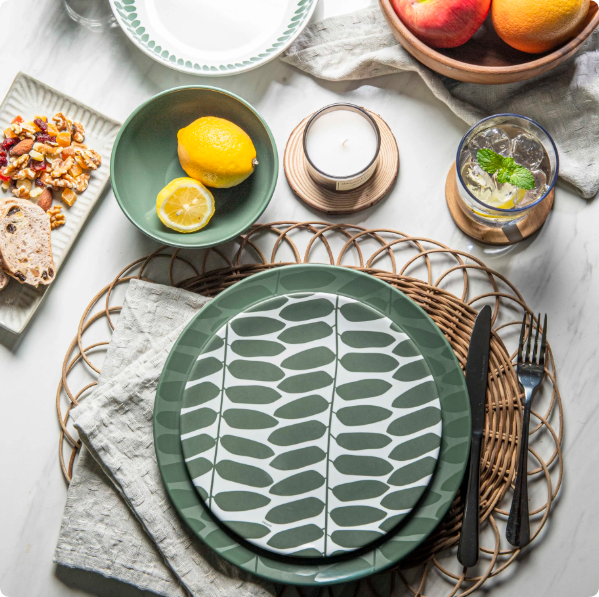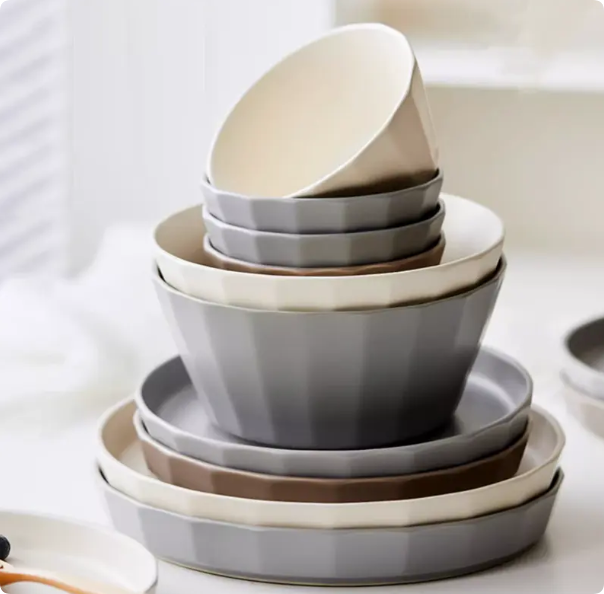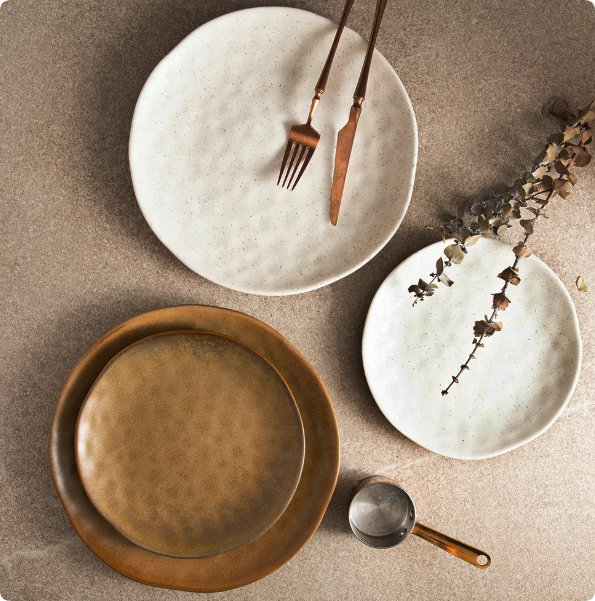Over the past decade, the landscape of ceramic tableware consumption in Western Europe has undergone a significant transformation. Once dominated by traditional fine porcelain, the market is now shifting toward ceramic products that emphasize design, sustainability, and everyday functionality. Consumers aren’t just looking for tableware—they’re looking for pieces that reflect their lifestyles, values, and aesthetics.
This shift brings new opportunities for global homeware brands and cross-border e-commerce sellers, and opens up fresh possibilities for OEM and ODM manufacturers to collaborate on meaningful, design-driven products.
From Classic Elegance to Everyday Aesthetic
In Western Europe, tableware has always been part of a family’s cultural identity. In the past, it was common to collect complete porcelain sets for holidays and formal dinners. Today, however, there’s a clear move toward high-frequency, stylish ceramic tableware that blends into everyday routines.
More and more young consumers are gravitating toward what might be called “perfect imperfection”—hand-thrown textures, organic shapes, and natural glazes. These items offer more than function; they create an emotional connection with daily life.
In France and Belgium, families often use colorful ceramic side dishes for desserts, olives, or snacks, creating small moments of ritual. In Germany and Austria, minimalist matte finishes in gray or white dominate the dinner table, reflecting a modern, sleek aesthetic.
Sustainability Drives Expectations Around Materials and Craft
Environmental values now play a core role in Western Europe’s homeware market. Ceramic tableware—naturally fired at high temperatures and free of synthetic components—is inherently perceived as healthier and more eco-conscious than plastic or composite materials.
Particularly in Denmark and the Netherlands, consumers actively seek:
- Lead-free glazed ceramics
- Eco-friendly or recyclable packaging
- Traceable production and artisan-made pieces
Take the Belgian brand Serax, for example. Known for its collaborations with local ceramic artists, Serax offers asymmetrical bowls, expressive snack dishes, and boldly colored breakfast ceramics that are both functional and artistic. Their pieces are often seen in design-forward restaurants and boutique hotels.
New-Gen Western European Brands Are Redefining Ceramic Tableware
While heritage brands continue to have a strong presence, a wave of emerging, homegrown labels are winning over younger shoppers with story-driven designs and lifestyle branding:
- Maison Sarah Lavoine (France): Known for its signature teal and green hues, this Parisian designer brand offers ceramic tableware that is simple yet elegant. Popular on social media, its collections are curated to bring color harmony to casual meals.
- HK Living (Netherlands): A brand that draws on retro inspiration and earthy textures, HK Living’s “1970s Ceramics” line features mugs, plates, and bowls in warm tones like caramel, mustard yellow, and dusty pink—perfect for Instagram-savvy consumers.
- Feinedinge (Austria): Focused on modern ceramic minimalism, this brand produces matte-surfaced bowls and plates with soft silhouettes. Its quiet design appeals to urbanites looking to create calm, understated dining spaces.
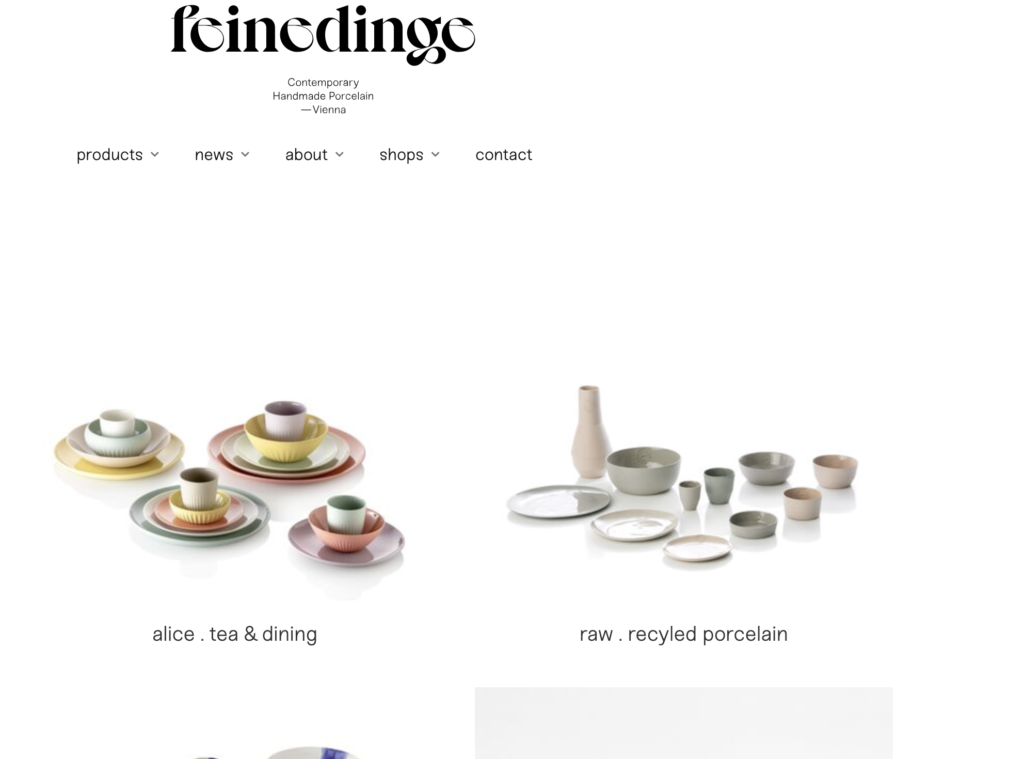
- Raawii (Denmark): Though best known for home décor, Raawii’s sculptural ceramic bowls and dishes have become favorites among design-conscious consumers. Their bold shapes work well with Scandinavian interiors.
- Luzerne (Popular in Switzerland): Originally from Singapore but widely used in Swiss fine dining, Luzerne offers durable, oven-safe ceramic tableware with a clean, elegant design—ideal for hospitality and everyday use alike.
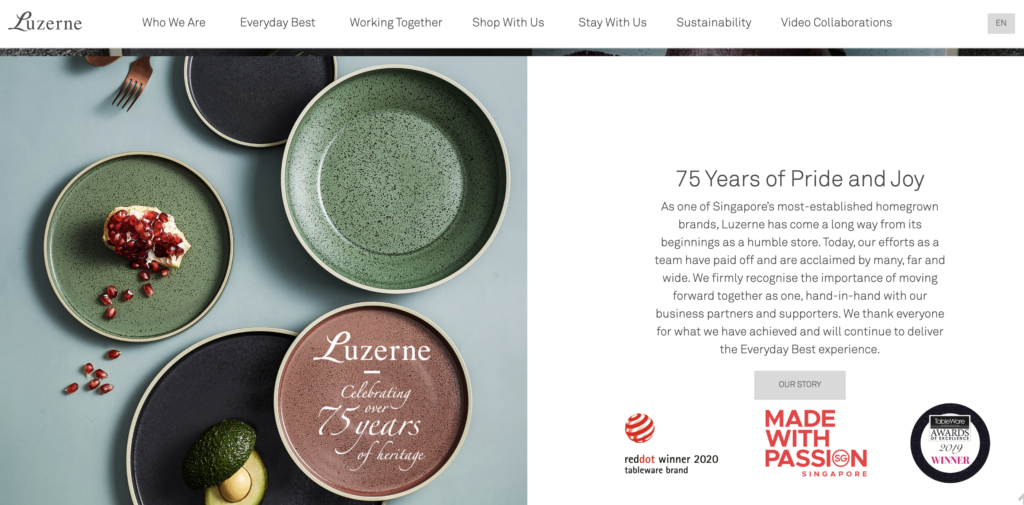
These brands are not only pushing design boundaries but also embracing OEM collaboration to create exclusive or seasonal collections. Their success highlights how today’s Western European consumers value emotional connection, story-rich branding, and thoughtful aesthetics.
E-commerce and Social Media Are Changing How Ceramics Sell
Traditional distribution through department stores and homeware chains is giving way to a digital-first model. Most consumers now discover ceramic brands via Instagram, Pinterest, or TikTok before purchasing through brand websites, Amazon, or Etsy.
This shift has created strong demand for:
- Photo-worthy ceramic breakfast bowls and mugs
- Holiday-themed ceramic gift sets (e.g., Easter or Christmas editions)
- Customizable ceramic plates or personalized mugs
In the UK, for example, shoppers often search for terms like “aesthetic ceramic plate set for brunch” or “custom ceramic mug with initials UK.” These long-tail keywords reflect highly intentional, niche shopping behavior—offering brands a clear roadmap for new product development.
Ceramic Tableware Trends: Mix & Match, Handmade Look, Storytelling
Based on brand launches and consumer behavior, these key trends will continue to shape Western Europe’s ceramic market:
- Mix & Match Styles: Consumers now prefer sets where no two pieces are exactly the same. This “wabi-sabi” aesthetic creates a lived-in, cozy dining vibe.
- Handmade Appeal: Rough edges, brushstroke glazes, and artisanal textures are becoming product selling points.
- Emotional Narrative: Ceramic lines inspired by regions, holidays, or family traditions are increasingly used as meaningful gifts.
These styles are particularly well-suited to small-batch OEM manufacturing, offering a balance between cost-efficiency and market trend responsiveness.
FAQ: People Also Ask
Q1: What are the ceramic tableware trends in Western Europe in 2025?
A: Key trends include matte finishes, handmade textures, minimalist tones like stone gray and sage green, and seasonal storytelling collections.
Q2: Are European consumers moving from porcelain to stoneware?
A: Yes. Stoneware is now favored for its rustic look and durability, especially among younger consumers seeking tactile, casual pieces.
Q3: What kinds of ceramic gift sets are popular in Western Europe?
A: Personalized ceramic mugs, pastel breakfast bowl sets, and festive-themed tableware gift boxes are top-selling categories.
Q4: How are ceramic brands promoting their products in Europe?
A: Through lifestyle storytelling on social platforms, artist collaborations, and offering personalization options on their webshops.
Q5: Which long-tail keywords are trending for ceramic tableware in Europe?
A: Examples include handmade ceramic dinner plate sets Europe, eco-friendly stoneware bowl wholesale Germany, custom ceramic gifts France, and aesthetic ceramic mug set UK.
Final Thoughts: How Global Brands Can Seize the Moment
The demand for ceramic tableware in Western Europe is clearly shifting from standardized goods to expressive lifestyle pieces. Brands that can respond quickly to aesthetic preferences and cultural values will stand out.
EKA, as a professional ceramic tableware manufacturer based in China, offers OEM and ODM services for global home and kitchen brands, gift merchants, and cross-border e-commerce sellers. From design mockups to mold creation and mass production, we help you bring customized ceramic collections to life.
Whether you’re looking for eco-friendly stoneware, seasonal ceramic gifts, or unique handmade-style tableware, EKA is your trusted production partner to meet Western Europe’s evolving demands.

